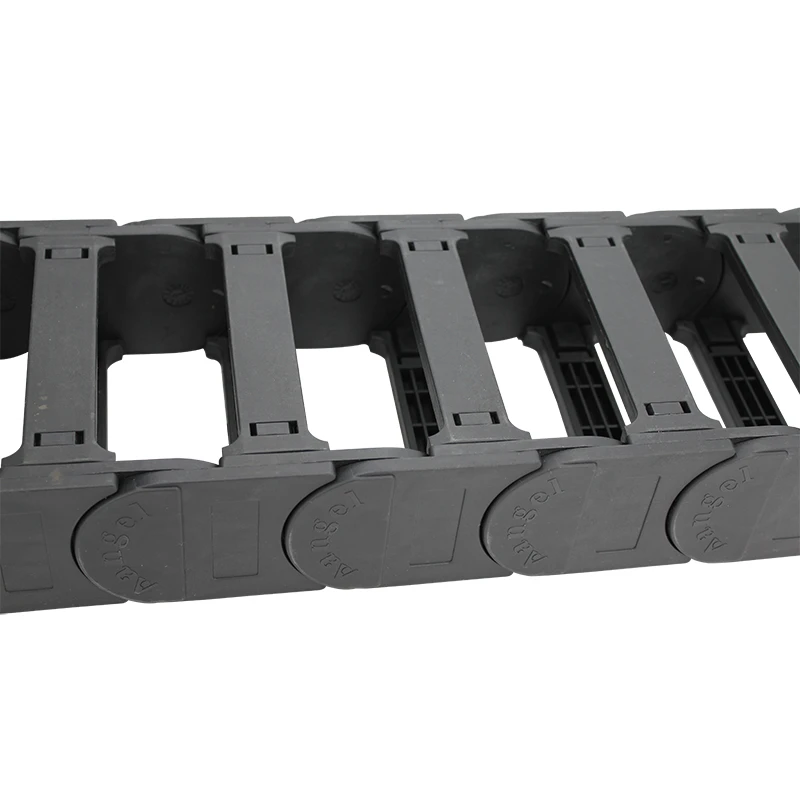Understanding the Mechanism and Advantages of Synchronous Pulleys in Engineering Applications
Understanding Synchronous Pulleys Mechanisms and Applications
Synchronous pulleys are critical components in mechanical systems, particularly in applications that require precise control of motion and timing. These pulleys are designed to ensure that the driving and driven components rotate in synchrony, which enhances efficiency, improves performance, and reduces wear and tear on machinery. In this article, we'll delve into the intricacies of synchronous pulleys, examining their design, functionality, and various applications.
Basic Principles of Synchronous Pulleys
At the core of synchronous pulleys is the concept of a toothed belt, which meshes with corresponding teeth on the pulley itself. This design allows for positive engagement, meaning that the belt cannot slip off under normal operating conditions. The teeth prevent the belt from moving in any direction other than intended, which guarantees that the driven component rotates in alignment with the driving component.
The primary feature distinguishing synchronous pulleys from other types (like V-belt pulleys) is this engagement mechanism. Because of it, synchronous pulleys deliver high performance in situations requiring high torque load and minimal backlash.
Components of Synchronous Pulley Systems
A typical synchronous pulley system consists of several key components
1. Synchronous Belts Made from materials like neoprene or polyurethane, these belts feature teeth that correspond to the teeth on the pulley. They can vary in width, length, and pitch, depending on the application needs.
2. Pulleys These can be manufactured in various sizes and configurations, depending on the required torque and speed ratio. The materials used often include aluminum, plastic, or steel, chosen for their durability and weight characteristics.
3. Tensioners To ensure optimal performance, synchronous belt systems often employ tensioners that maintain proper tension on the belt. This helps to minimize wear and extends the lifespan of both the belt and the pulleys.
4. Mounting Hardware Proper installation is crucial for the functionality of synchronous pulley systems, which may involve several types of mounting brackets and hardware to secure components in place.
Advantages of Synchronous Pulleys
The use of synchronous pulleys provides several distinct advantages
synchronous pulley

- Precision Timing Synchronous pulleys offer precise control over shaft rotation
. This is critical in applications like robotics or CNC machines, where accuracy is paramount.- Efficiency The positive engagement of synchronous systems leads to higher efficiency compared to traditional belt systems, with less energy loss due to slippage.
- Reduced Maintenance Due to their design, synchronous pulleys often require less frequent adjustments or replacements, as there is little wear caused by slippage.
- Quiet Operation The smooth engagement of synchronous belts and pulleys also results in quieter operation, which can be a significant factor in environments like manufacturing plants.
Applications of Synchronous Pulleys
Synchronous pulleys are prevalent across various industries and applications
1. Manufacturing In conveyor systems, synchronous pulleys ensure that materials are transported consistently and efficiently.
2. Automotive Many engines utilize synchronous belt systems to drive camshafts and other components, maintaining engine timing and performance.
3. Robotics Precise control over movements is essential in robotic applications, where synchronous pulleys help achieve the necessary accuracy.
4. Printing and Textile Industries These industries rely on synchronous systems to maintain the timing of printing heads or fabric feeds, ensuring consistent quality.
Conclusion
Synchronous pulleys play an indispensable role in modern mechanical systems, providing precise motion control, enhanced efficiency, and reduced maintenance needs. By understanding their design, advantages, and applications, engineers and designers can leverage these systems to optimize performance in a wide range of industries. As technology advances, the development of even more sophisticated synchronous pulley systems is likely, paving the way for improved efficiencies in future mechanical designs. Whether in industrial machinery, automotive engineering, or robotics, synchronized motion continues to be a fundamental principle that drives innovation and performance in engineering.








